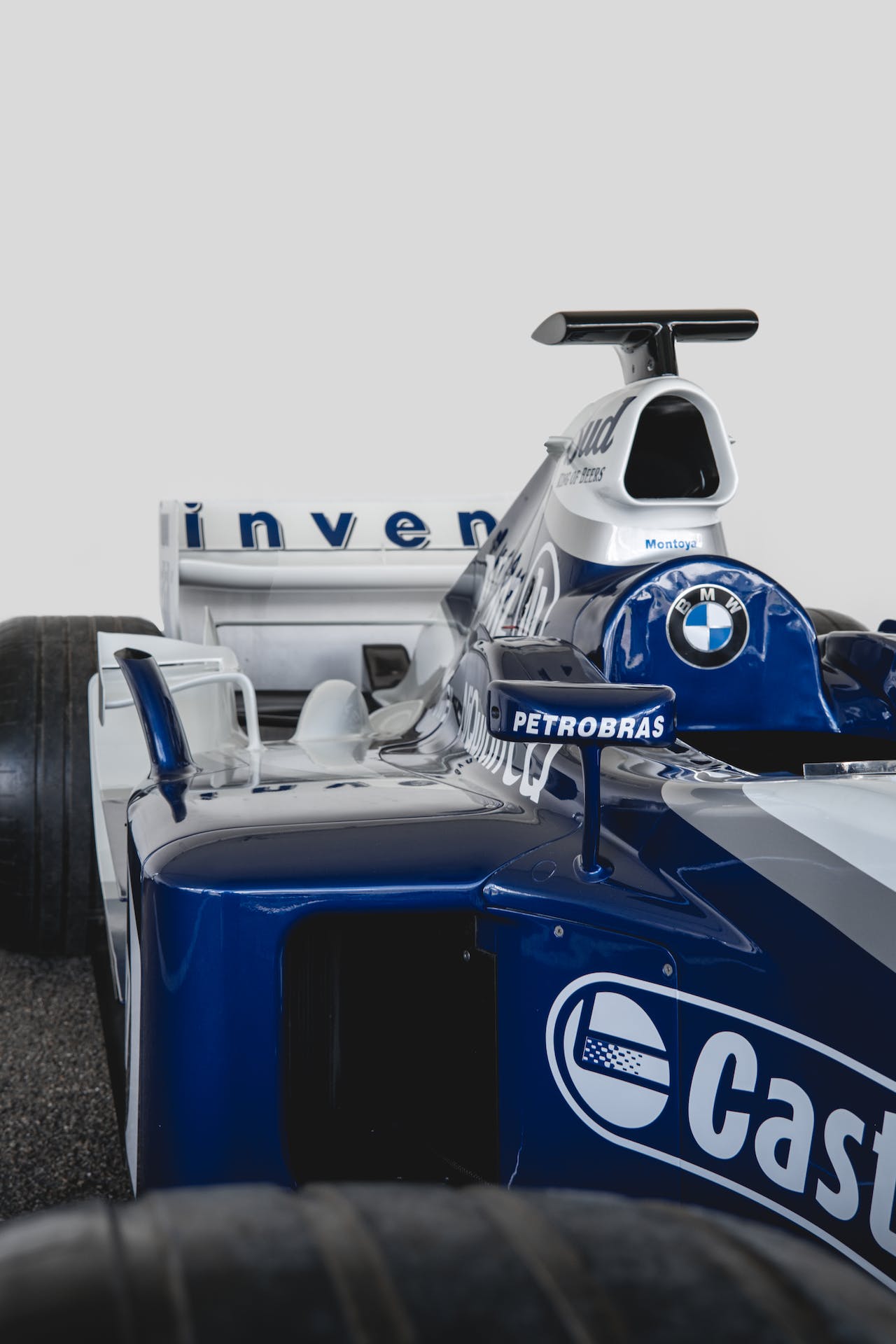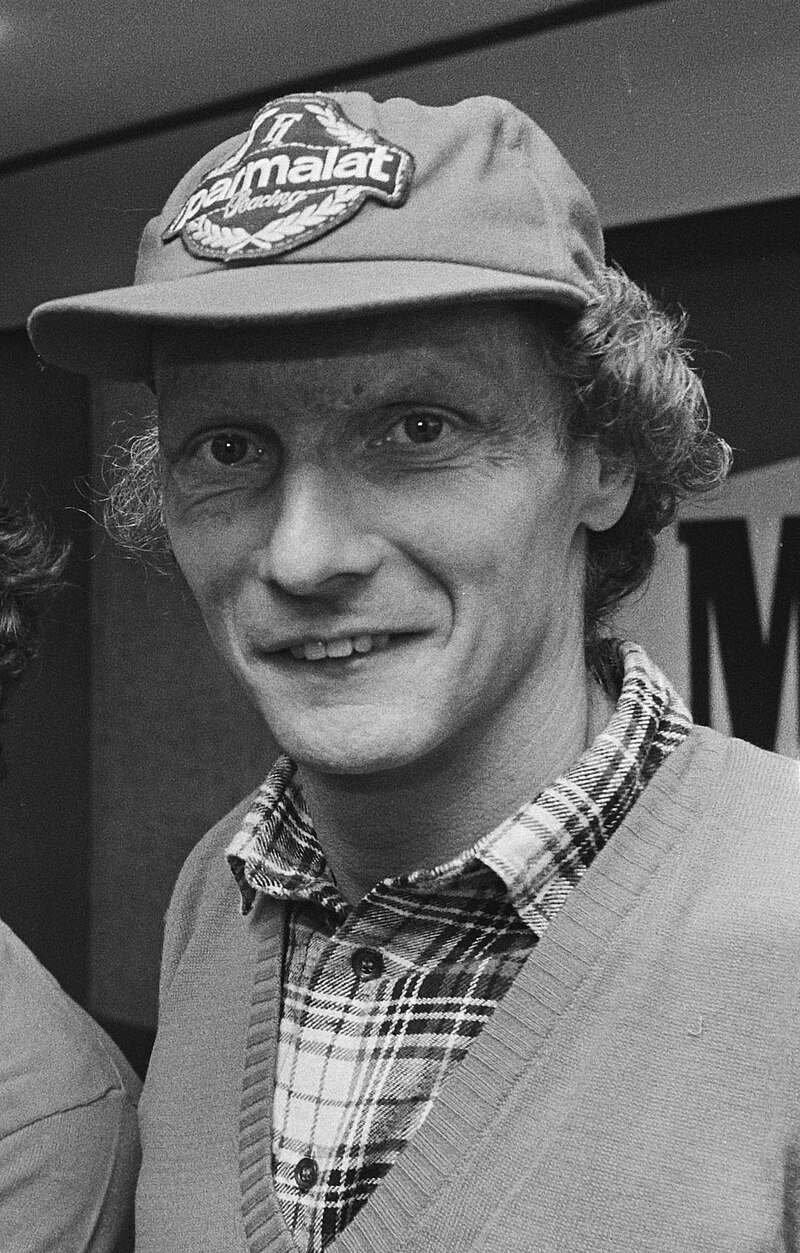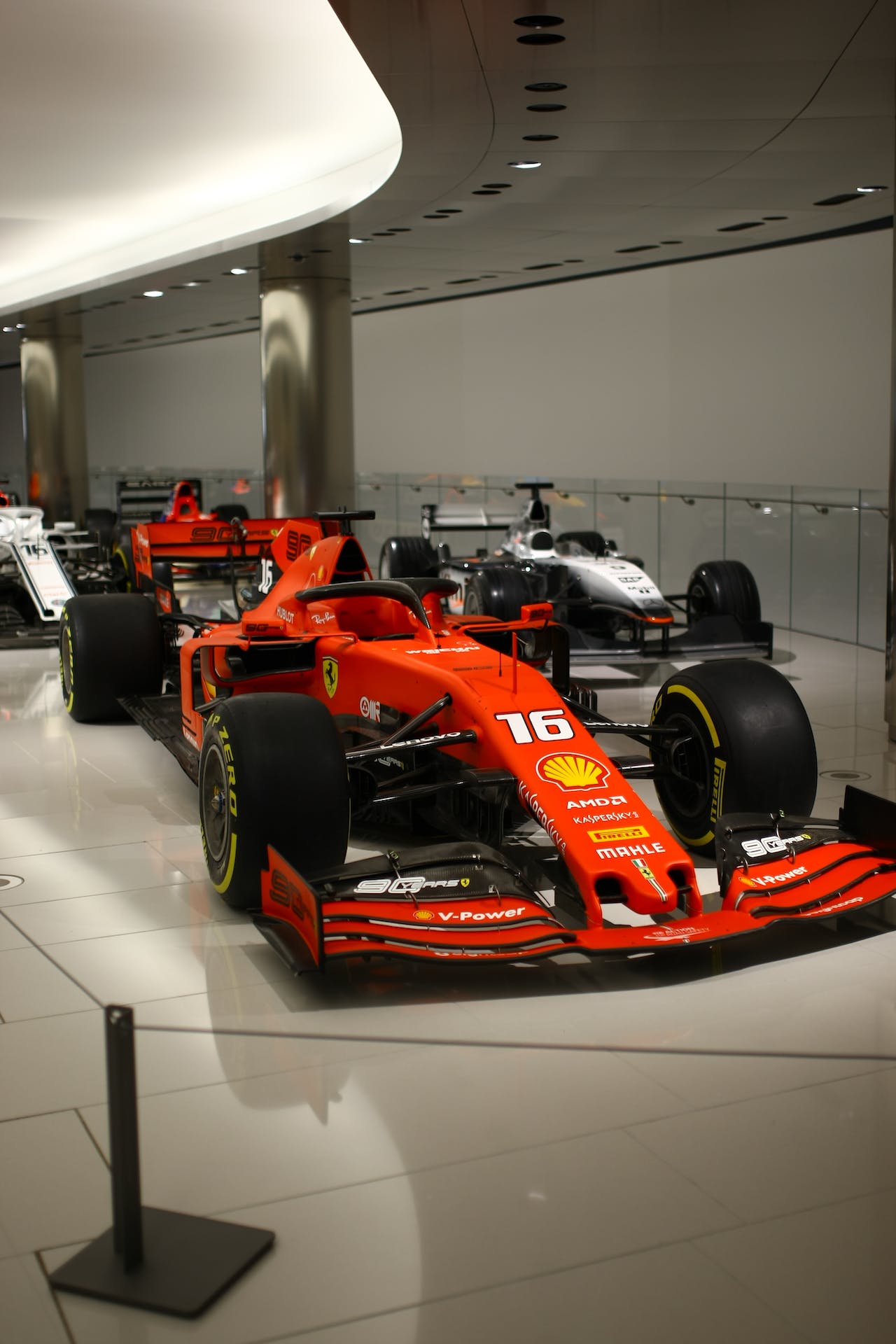Formula racing is one of the most popular professional forms of car racing. It is open-wheeled, single-seater motorsport. The vehicles used in formula racing are custom-designed and built and the races are held in circuit tracks which are made especially for formula racing.
Some of the well-known formula racing categories are Formula One, Two, Three, and Four. But it also encompasses other single-seater series like the GP2 Series which replaced Formula 3000. The four most popular formula racing categories have a lot in common but they also have some specific differences. Let’s take a look at some details about formula racing.
The History of Formula Racing
Formula racing originally began from the European Grand Prix that ran during the 1920s and 1930s. In 1946, F1 was first officially standardized and recognized. The very first official World Championship for formula racing was held in 1950 at Silverstone with non-championship races which continued until 1983. The World Championship became popular and it eventually turned into Bernie Ecclestone’s billion-dollar business we know today.
In 1942, F2 was first classified but it was then disbanded because of falling interest levels in 2013. In 2015, the FIA attempted to reintroduce the F2 series but they were unsuccessful.
In 1950, the FIA adopted F3 but its origins were the older Formula Junior. In 1975, the FIA (Fédération Internationale de I’Automobile or International Automobile Federation) established the first F3 European Championship and it continued until 1984. The popular and successful British F3 Championship had produced drivers such as Jackie Stewart, Ayrton Senna, and Jenson Button.
The origins of the F4 category was complicated. It also has a set of separate categories that run under its name, however, the FIA didn’t officially endorse F4 until 2013.
Top Formula One Racers of All Time
The top Formula One racers of all time includes factors like championships won, individual race victories, and the era in which they raced. However, based on a combination of these factors, here are some of the most widely recognized top Formula One racers:
- Michael Schumacher: A seven-time World Champion known for his dominance in the early 2000s with Ferrari.
- Lewis Hamilton: A multiple-time World Champion, holding records for the most pole positions and consistently competing at the top of the sport.
- Juan Manuel Fangio: A legend of the sport, Fangio won five World Championships in the 1950s, a record that stood for nearly five decades.
- Ayrton Senna: Renowned for his exceptional skill, especially in wet conditions, Senna was a three-time World Champion.
- Alain Prost: Known as “The Professor” for his calculated approach to racing, Prost is a four-time World Champion.
- Sebastian Vettel: A four-time World Champion who dominated the early 2010s with Red Bull Racing.
- Niki Lauda: A three-time World Champion known for his remarkable comeback after a near-fatal crash in 1976.
- Fernando Alonso: A two-time World Champion recognized for his versatility and ability to outperform the capabilities of his car.
- Jim Clark: A two-time champion known for his natural talent and success in various motorsport disciplines.
- Nigel Mansell: The 1992 World Champion, known for his aggressive driving style and determination.
The Four Famous Formula Racing Categories
Formula One
Formula One is considered the highest point when it comes to motor racing. It has enormous budgets and sponsorship deals which offer an opportunity for complex technological development and engineering. It is recognized internationally and different countries compete to hold races. F1 racing represents excellence in driving as well as in engineering, however, it’s also prone to controversy and argument.
F1 cars are developed and supported by teams that operate individually on enormous private budgets using state of the art facilities. They can reach speeds of over 220 miles per hour. They can also accelerate so fast that they pull more g-force compared to a space shuttle. The cost of Formula One cars is also very high that is why only a few elite drivers can compete for the championship.
The points in F1 are awarded 25 for a win, down to 1 for the 10th places. The points are awarded in the Constructor’s Championship.
Formula Two
F2 racing was developed for younger drivers to be able to join competitions at the highest level of motorsport. The overheads involved in F1 meant that entry for most up and coming young drivers was prohibitive.
In F2, the cars are identical and all drivers relied on the same team of race engineers, hospitality providers, and performance statisticians. This gave the drivers a level playing field. Formula Two racing is more of a test of individual driving skill rather than team costs.
Formula Three
F3 racing is considered to be a stepping-stone for prospective drivers. It often marks the transition from amateur to professional driving. The BRDC British Formula Three is advocated for younger drivers. They use their race-points system to guarantee an opportunity for all.
The vehicles used in European F3 all have the same framework and use 2 liters, 4 cylinder engines. They are usually produced by Italian engineers Dallara Automobili. F3 cars should have a minimum of 565kg weight including the driver.
In British F3, the points are scored either with 35 or 25 for a win, down to 1 for the 20th place. It depends on which race is being scored.
Formula Four
Most young drivers start in the F4 category. The FIA created this series which provides an intermediate point between carting.
Before, all F4 vehicles were the same, but the regulations were changed and different frameworks and engine construction were allowed. But their engines are standardized to a 1.6-liter engine with a maximum output of 180 bhp. this is in order to bring equality in both opportunity and cost.
In the British F4 Championship, the points are awarded the same way to F3.
Other Formula Racing Events
Aside from the four most popular formula racing categories, there are also other formula racing events being held worldwide. Here are some of those:
Formula E
This is the highest class of formula racing when it comes to single-seat, electrically powered racing cars. It held its inaugural season in 2014. The FIA intended this event to serve as an R&D platform for electric vehicles and promote interest in them as well as sustainability. The races are usually held in cities such as Hong Kong, Berlin, New York, Paris, and Zurich and it is known as ePrix.
Verizon IndyCar Series
This is the premier level of American open wheel racing. It was founded by Tony George, owner of Indianapolis Motor Speedway. It began in 1996 as the Indy Racing League. The series merged with its rival, Champ Car World Series, to form the IndyCar Series. This series is not an open formula. They specify the chassis, engine, and tire manufacturers and they change them every three years.
The usual IndyCar season is consist of a mixture of natural-terrain road courses, temporary street circuits, and short and high-speed ovals. It includes the historic Indianapolis 500.
U.S. F2000
This is an American variation of the Formula Ford. It was initially founded in 1990 by Dan Andersen and Mike Foschi. Each race regularly fielded over 60 entries. The series was bought by Jon Baytos in 2001 and he introduced some rule changes which are controversial. This led to a decrease of participants and the end of the series in 2006.
In 2010, U.S. F2000 returned under the leadership of Andersen. He aims to return the series to its status as a feeder formula for higher open-wheel racing classes in the US.
Super Formula (Formula Nippon)
This is the premier level of Japanese formula racing. It began in 1973 as the Japanese Formula 2000. They used the F2 regulations after the European F2 ended in 1984. In 1987, they switched to the Formula 3000 regulations. But in 2006, they changed their regulations drastically.
Formula Challenge Japan
This formula challenge is promoted as a young driver development project by Honda, Nissan, and Toyota. Its participants should be younger than 26 years old and should have a National A racing license.
Formula racing is truly popular and it is evident from the cost of stadium tickets most especially Formula One. Through the years, it still continues to bring excellent entertainment, outstanding engineering, and great drivers.




